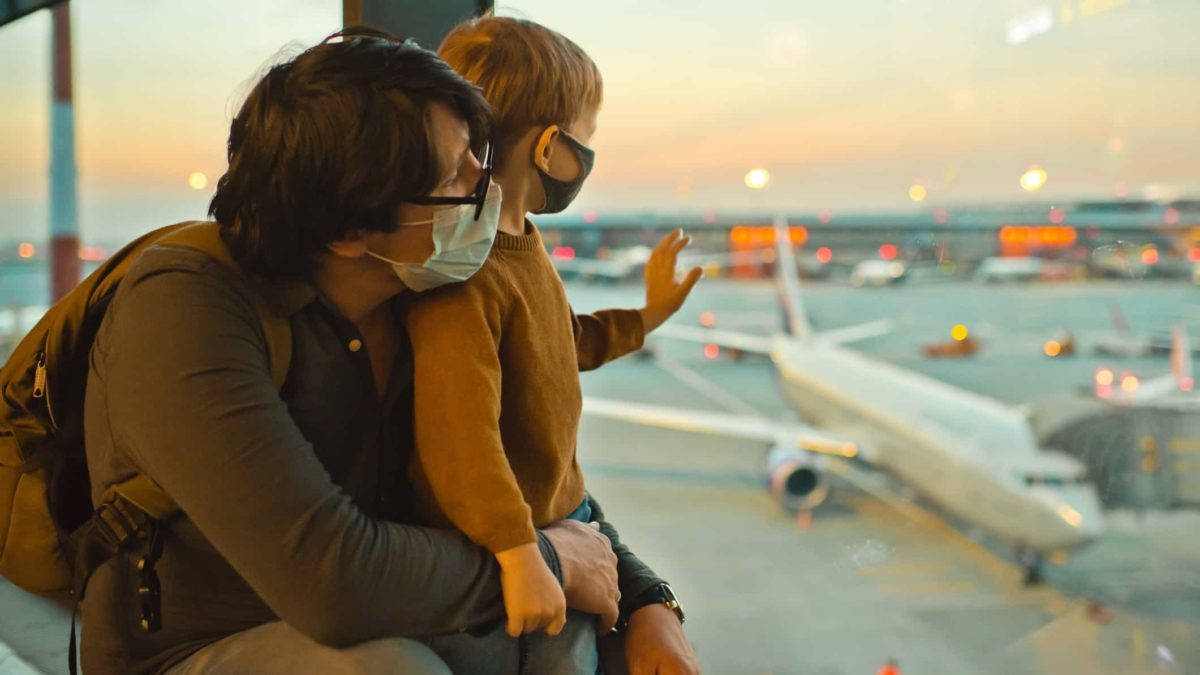This article was originally published on Fool.com. All figures quoted in US dollars unless otherwise stated.
Monday brought continued uncertainty to Wall Street, and major market benchmarks fell sharply as investors tried to figure out what the future might bring. Between soaring consumer prices, the prospect for rising interest rates, and energy markets facing another round of disruptions, market participants haven't had a clear course to follow. By 12:45 p.m. ET, that sent the Dow Jones Industrial Average (DJINDICES: ^DJI) down 667 points to 32,948. The S&P 500 (SNPINDEX: ^GSPC) fell 95 points to 4,234, and the Nasdaq Composite (NASDAQINDEX: ^IXIC) dropped 282 points to 13,031.
It was nearly two years ago that Warren Buffett faced harsh criticism for choosing to sell out of airline stocks at the beginning of the COVID-19 pandemic. The removal of United Airlines Holdings (NASDAQ: UAL), Southwest Airlines (NYSE: LUV), Delta Air Lines (NYSE: DAL), and American Airlines Group (NASDAQ: AAL) from the list of holdings at Berkshire Hathaway (NYSE: BRK.A) (NYSE: BRK.B) struck many as being akin to panic selling, especially when airline shares moved sharply higher soon thereafter. Now, though, airlines are still struggling, and their path forward is far from certain.
The fall, rise, and fall of airline stocks
Before the pandemic began, investors were generally well disposed to airline stocks. An impressive run of profitable years had suggested that the industry had finally found a business model that would work.
The pandemic put a stop to that optimism. Shares of airline stocks plunged 50% to 60% or more from the beginning of 2020 over the course of three months. Most airlines used bailouts to help them survive financially.
But the development and distribution of effective vaccines seemed to put an end point on the trouble for airlines. By spring of 2021, Southwest shares were back above pre-pandemic levels, while other major airlines had trimmed their losses substantially.
Now, though, airlines appear to be back in dire straits. United is down more than 60% from where it started 2020, while American has fallen by more than half. Delta and Southwest are down about 45% and 30%, respectively. Today alone, the four stocks are down between 7% and 11%.
New challenges in the skies
Problems are lining up for airlines in new and troubling combinations:
- Traffic volumes had only begun to get back to pre-pandemic levels, as pent-up demand for travel largely overcame lingering worries about new COVID-19 variants. Prospects for broader global reopening had looked better. Yet with geopolitical risks having entered the picture, those favorable trends might well reverse themselves.
- One thing that had kept airlines as healthy as they were at the beginning of the pandemic was that energy prices fell to levels not seen in decades. In two years, energy prices returned to more normal levels. Now, the possibility of oil market disruptions related to Russia and its attack on Ukraine have sent oil prices to their highest levels in more than a decade. With jet fuel being a major cost for airlines, the news wasn't welcome.
Buffett's sale hinged on the idea that the industry might never look the same as it did before the pandemic. With new communication methods making in-person travel less vital, even a partial reduction in demand would require a dramatic response from airlines. Indeed, with much weaker balance sheets for many airlines and the prospects of renewed bailout support seeming dimmer, Buffett's concerns might well turn out to have been correct.
Know your thesis
Buffett thinks long term, and it's always premature to judge long-term decisions based on how stocks move in a month, quarter, or even year. Airlines might well turn out OK from here, but it's clear that they've faced many of the ongoing uncertainties that prompted Buffett to seek greener pastures elsewhere.
This article was originally published on Fool.com. All figures quoted in US dollars unless otherwise stated.









